11 Bugs That Look Like Earwigs And How To Get Rid Of Them
Earwigs are a ubiquitous insect species found globally, often mistakenly identified as cockroaches or termites. Despite their intimidating appearance, earwigs pose no threat to homeowners or properties. However, if an infestation occurs, it’s essential to address the issue promptly. In this article, we’ll delve into 11 insects that share similarities with earwigs, providing valuable insights on how to effectively eliminate them.
From centipedes to woodlice, we’ll explore the distinct characteristics and elimination methods for each species. Read on to discover which bugs are mistaken for earwigs and learn practical tips on how to get rid of these unwanted visitors.
What are earwigs?
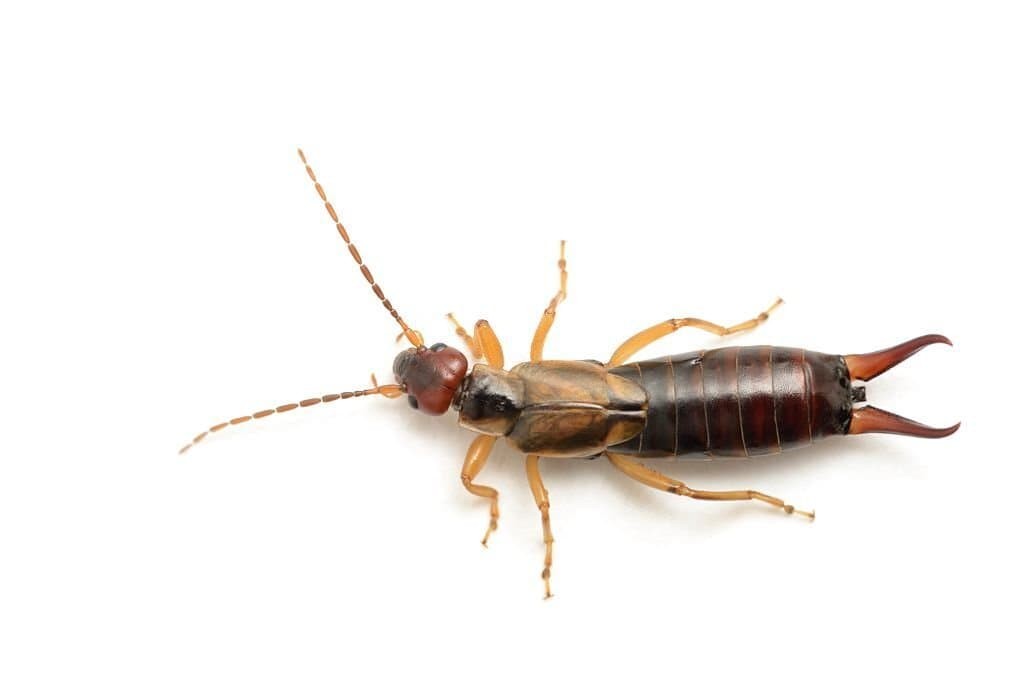
Earwigs, though often misunderstood, are small, brownish-black insects that inhabit almost every corner of the globe. The notion that they burrow into human ears and lay eggs in our brains is a myth with no foundation in reality. In fact, earwigs rarely venture into homes and pose no threat to humans. These omnivorous insects feed on a diverse array of substances, including other insects, fruits, flowers, and even scraps found around pet droppings.
Their diet reflects their adaptability and opportunistic nature. While earwigs don’t actually crawl into human ears, they do possess distinctive pincers at the rear of their bodies that serve as a defense mechanism or tool for capturing prey. These appendages can sometimes be mistaken for antennae due to their structure. Earwigs play a beneficial role in the ecosystem by regulating aphid populations and contributing to soil health through their feeding habits on decaying matter.
In gardens, they help to aerate the soil, making them a valuable asset.
Bugs that look like earwigs
To identify earwigs among other insects, consider these three key characteristics. Firstly, examine the antennae; earwigs possess elongated and slender appendages, in contrast to their shorter counterparts found on other bug species. Secondly, take note of the body shape – earwigs exhibit a streamlined figure accompanied by two distinctive pincers, whereas other insects tend to display a more rounded silhouette.
Lastly, observe their movement patterns; earwigs are known for their rapid and unpredictable locomotion, which differs significantly from the slower and more deliberate movements of other insects.
Centipedes.

Centipedes are fascinating creatures that may seem intimidating at first, but they’re actually quite harmless. These long, thin insects have many legs and can be found in a variety of colors such as brown, green, or red. When disturbed, centipedes often curl up to protect themselves. While they do venture into homes from the garden in search of food, they primarily reside outside where they feed on small animals like spiders and insects.
Although they are capable of biting humans, their venom is not harmful to people. Despite their unique appearance, centipedes are distinct from earwigs. The most notable difference is the lack of a pincer at the end of their body, unlike earwigs. Additionally, centipedes are longer and thinner with more legs than earwigs, which are shorter and plumper. While both insects can be found in homes, centipedes tend to inhabit gardens, whereas earwigs prefer indoor spaces.
Centipedes primarily consume small animals like spiders and insects, whereas earwigs feed on plant material. If you encounter a centipede in your home, the most effective way to remove it is to catch it and release it outside. Alternatively, you can use pesticides, but be sure to follow the label instructions carefully and adhere to any listed safety precautions.
Firebrats.
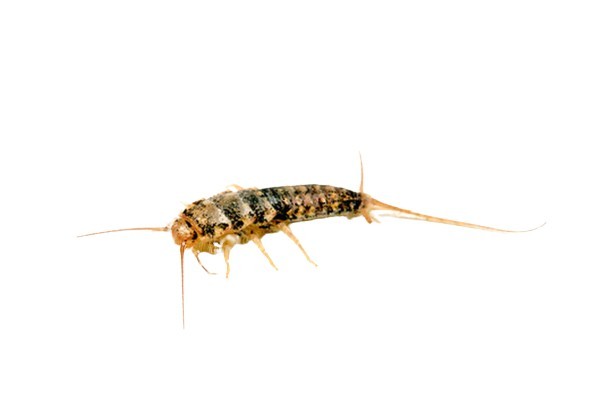
Firebrats, like silverfish, can wreak havoc on homes. They often infiltrate through cracks in the foundation or around windows and doors. Once inside, they feast on paper, wallpaper, clothing, and furniture, leaving behind unsightly excrement. These destructive habits are a far cry from their distant cousins, earwigs, which, although also known for their long antennae, lack the telltale tail-like appendages of firebrats.
While earwigs aren’t quite as notorious for destruction, both share similarities in appearance, but differ significantly in behavior. When it comes to ridding your home of these unwanted guests, a few simple steps can go a long way. First, seal any cracks or openings in your home’s foundation or exterior that may serve as firebrat entry points. Next, install weather stripping around windows and doors to prevent further infiltration. Caulk any remaining openings to create an impenetrable barrier.
Finally, tidy up your living space by removing clutter, which provides firebrats with hiding places and makes them harder to detect.
Jumping Bristletails.
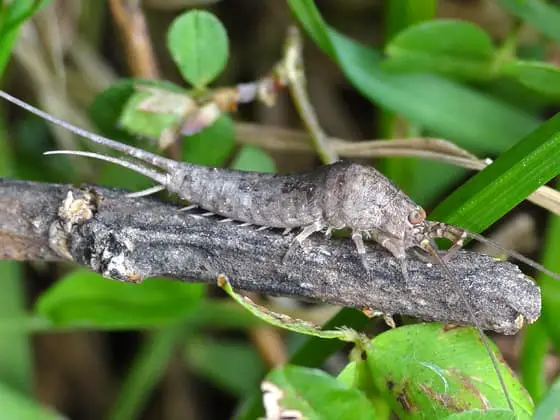
While earwigs and jumping bristletails share some physical similarities, they belong to distinct species with unique characteristics. Jumping bristletails, in particular, have elongated antennae and a distinctive tail resembling a bristle. They are agile jumpers that can move swiftly across gardens and fields, where they feed on plant matter. These insects often venture into homes, but they pose no harm and can be safely removed using a vacuum cleaner or manual removal.
In contrast to earwigs, which are identified by their pincers and nocturnal feeding habits, jumping bristletails are characterized by their long antennae and varied diet comprising decaying matter, fungi, moss, and lichen. While they may resemble earwigs in appearance, the two species exhibit distinct traits.
For those seeking to eliminate jumping bristletails from their homes, there are several effective methods: vacuuming them up, picking them off by hand, or using a pesticide spray as a last resort. Whichever approach is chosen, it’s essential to follow instructions carefully and prioritize safer methods like vacuuming or manual removal over chemical pesticides.
Green Lacewing Larvae.

Green lacewing larvae often get mistaken for earwigs, but they’re actually a distinct species. Thankfully, they’re harmless to your plants and serve as beneficial predators that feed on aphids, mealybugs, and other pests. To distinguish them from earwigs, look for their longer antennae and unique wing-holding behavior. These larvae are a valuable addition to any garden or home. One common misconception is the similarity between green lacewing larvae and earwigs.
While both share elongated bodies with pincer-like mouthparts, they have several key differences. Earwigs have elbowed antennae, whereas green lacewing larvae do not. Additionally, lacewing larvae have three pairs of legs, while earwigs have four. The color difference is also notable, with earwigs generally being darker than lacewing larvae. The most telling characteristic, however, lies in their behavior. Lacewing larvae are active predators, while earwigs tend to scavenge for dead matter.
If you’re unsure whether an insect is a lacewing larva or earwig, observe its actions: if it’s actively hunting and predatory, it’s likely a lacewing larva; if it’s sluggish and feeds on dead material, it’s more likely an earwig. If you find green lacewing larvae in your garden, you may be wondering how to get rid of them. While they’re harmless, they can still cause damage to plants. Here are some methods to consider: using insecticides, nematodes, predators, or traps.
Insecticides can be effective, but use caution as they may also harm beneficial insects. Nematodes, tiny worms that feed on the larvae, can be purchased at most garden stores. Predators like birds and spiders can also be used to control the population. Traps, such as sticky traps, can lure and kill the larvae.
Rove Beetles.
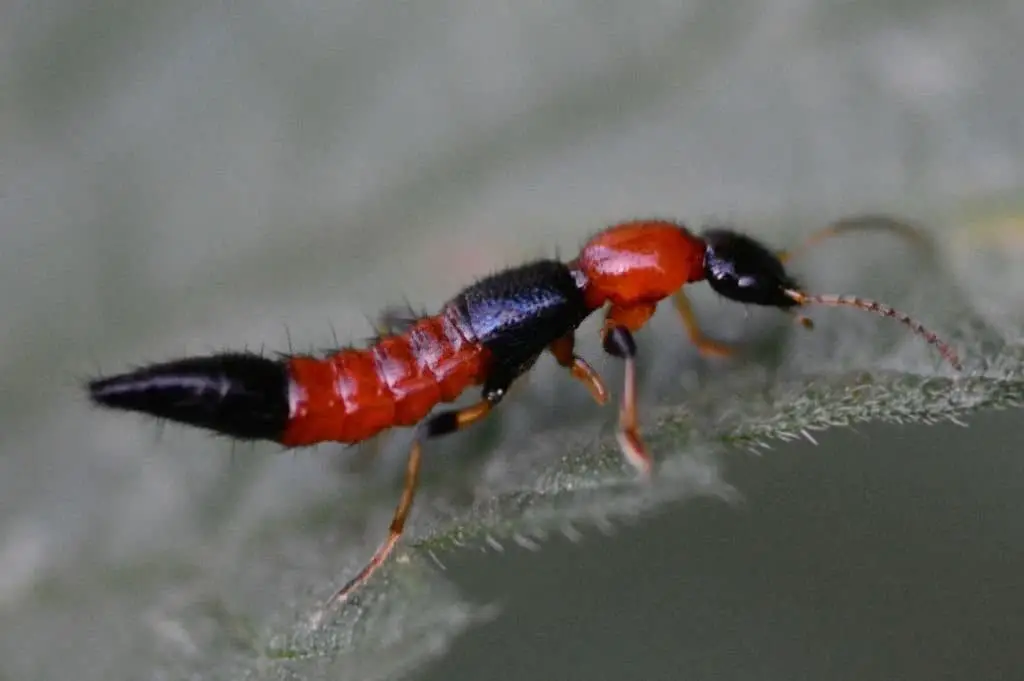
Rove Beetles are often misidentified as earwigs due to their similar appearance. They have a distinctive brown or black coloration and elongated antennae. While they pose no threat to humans or pets, these beetles can be troublesome because of their affinity for flowers and plants. If you encounter one in your home, consider catching it and releasing it back into the wild. Rove Beetles are widespread across the United States.
Distinguishing rove beetles from earwigsDespite some superficial similarities, rove beetles and earwigs can be distinguished by a few key characteristics. Earwigs possess two prominent pincers on their backs, whereas rove beetles do not. Additionally, rove beetles tend to be larger than earwigs. Moreover, earwigs are drawn to light sources, whereas rove beetles are not.
Managing rove beetle infestationsIf you find rove beetles becoming a nuisance in your home, there are several strategies you can employ to mitigate the situation. One option is to utilize insecticides according to the manufacturer’s instructions. Another approach involves luring the beetles with their preferred food sources, such as fruit or sugar-water baits. Alternatively, you can try capturing the beetles and releasing them back outside.
Scorpions.
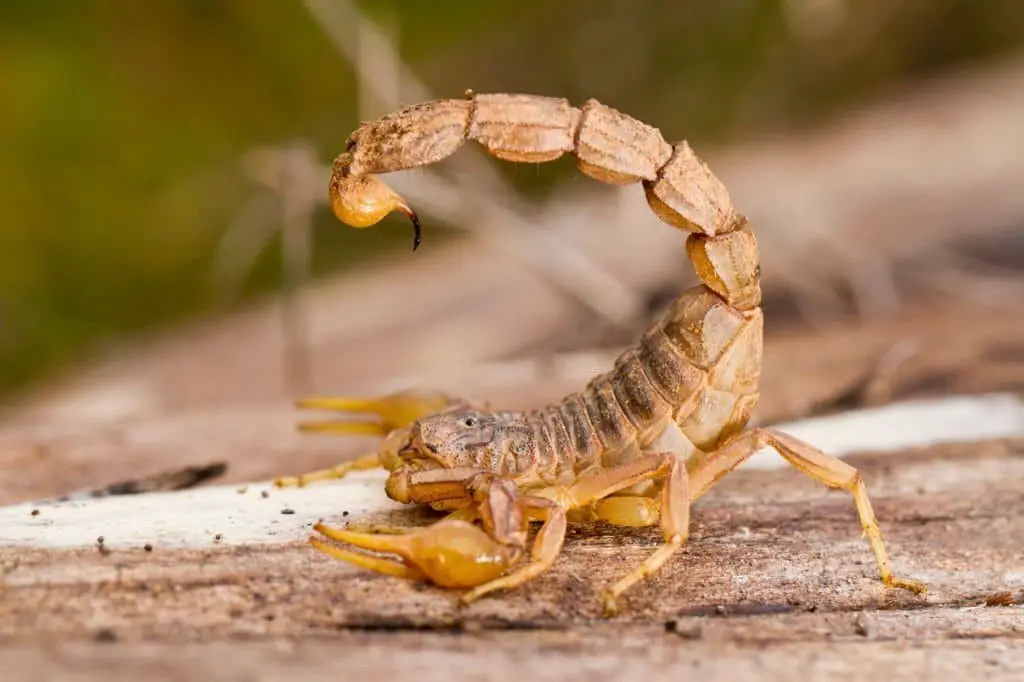
While scorpions and earwigs may share some superficial similarities, they are distinct insects with several key differences. One of the most obvious distinctions is their body structure: scorpions have two segments, whereas earwigs have three. Additionally, scorpions possess larger pincers and a venomous stinger on their tail, which is used to immobilize their prey. In contrast, earwigs lack these features and are generally harmless to humans.
The only exception being if they’re provoked, in which case they can deliver a mildly painful bite. Despite the fear and fascination surrounding scorpions, it’s worth noting that they are not typically dangerous to humans. Their venom is relatively mild, causing only minor symptoms in most cases. However, this doesn’t mean they pose no threat – pets can be vulnerable to their sting. As such, it’s essential to remain vigilant when spending time outdoors with your furry companions.
In contrast, earwigs are often found in gardens and near water sources, earning their name from the resemblance of their elongated body to that of an earwig. While they may not be as fearsome as scorpions, earwigs can still inflict a painful bite if provoked. Scorpions, on the other hand, come in a range of colors but are united by their distinctive long tail and venomous stinger.
If you’re dealing with a scorpion infestation at home, there are several steps you can take to evict these unwanted guests. First, seal any cracks or openings that might be allowing them entry. Next, employ pesticides specifically designed for insect control. Finally, eliminate potential food sources, such as pet food and garbage, which may be attracting the scorpions in the first place.
Silverfish.
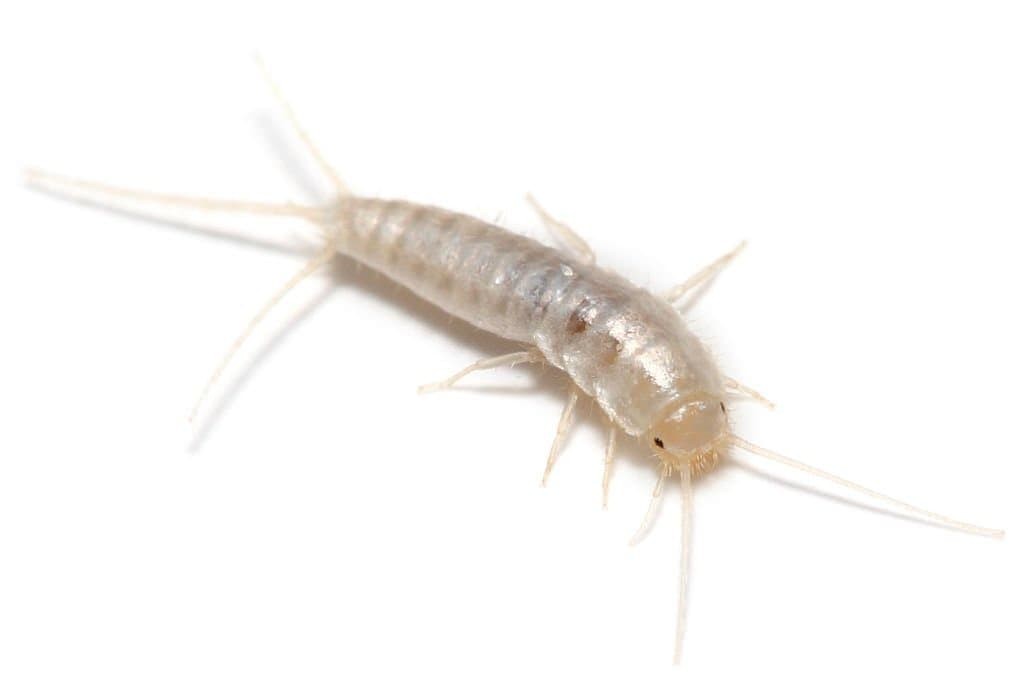
Silverfish, often mistaken for earwigs due to their similar appearance, are a common household pest. These small, thin insects with a silvery sheen typically inhabit dark, moist areas such as basements and bathrooms. Their diet consists of carbohydrates like sugar and starch, which can lead to damage to paper products, wallpaper, and clothing. To eliminate silverfish, one can employ insecticides or exclusion methods.
Despite their similarities, silverfish and earwigs exhibit distinct characteristics. Earwigs are recognized by the presence of antennae on their head, whereas silverfish lack such features. Silverfish also possess two tail-like appendages, distinguishing them from earwigs’ single tail. The most reliable way to distinguish between the two is through their behavior: earwigs are nocturnal, while silverfish are diurnal.
To eliminate these pests, one can opt for store-bought insecticides or create a homemade solution using salt, water, and dish soap. The recipe involves mixing equal parts of salt and water in a spray bottle, adding two teaspoons of dish soap, shaking the mixture well, and spraying liberally on areas where silverfish have been spotted. Reapply as needed to ensure effective elimination.
Termites.
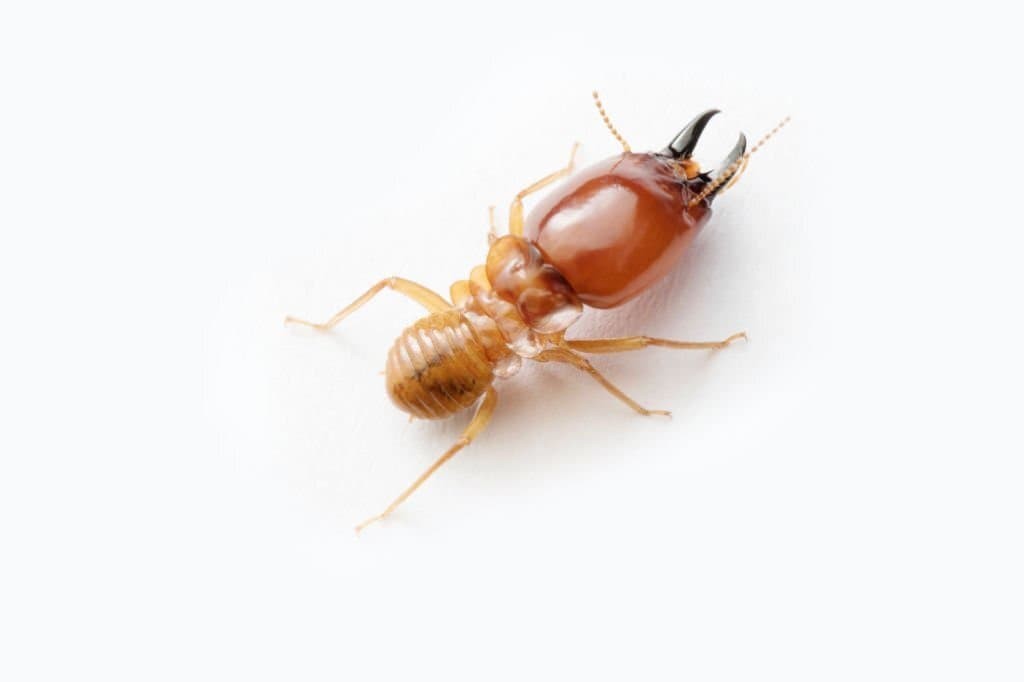
Termites are surprisingly large insects that come in various colors such as white, cream, or light brown. Measuring around ½ inch long, they have a distinct wingspan of about an inch. One of the key differences between termites and flying ants is their antennae – termites have straight antennae, while ants have bent ones. Additionally, termites possess two pairs of wings, whereas ants only have one pair.
When the weather starts to warm up in late spring or early summer, termites swarm in large numbers. If you notice a multitude of these insects flying around your home, it’s likely an indication of a potential termite infestation. Infestations can cause significant damage to homes, emphasizing the importance of prompt treatment.
It’s crucial to distinguish termites from other insects that may resemble them, such as earwigs, which are often mistaken for terms due to their similar size and flight patterns. Earwigs, however, have a darker coloration, segmented body, and curved antennae. With termites being more prevalent and potentially causing greater damage, it’s essential to consult a pest control professional if you suspect an infestation.
On the other hand, earwig issues are relatively rare and can often be handled with over-the-counter treatments.
Two-pronged Bristletails.
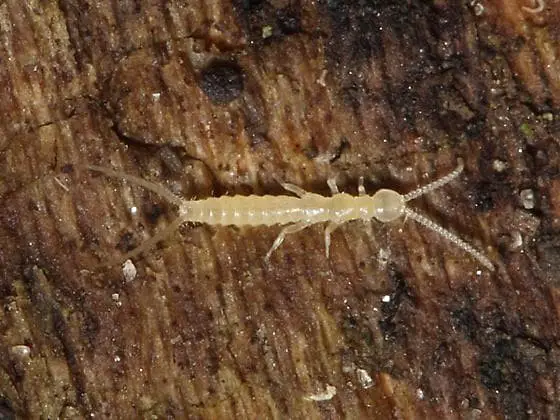
Two-pronged bristletails, often mistaken for earwigs due to their similar appearance, are a distinct species with some notable differences. They can grow up to two inches long and have a dark brown or black coloration. Unlike earwigs, they lack wings and cannot fly. These bugs inhabit gardens, where they feed on decaying plant matter. In contrast, there is another type of bristletail known as the springtail, which is much smaller at just one-sixteenth of an inch long.
Springtails are gray or white in color and have a distinctive curled tail that resembles a spring. They thrive in damp environments like under stones or leaves, feeding on decaying matter or fungi. When it comes to distinguishing two-pronged bristletails from earwigs, the key difference lies not only in their appearance but also in their behavior.
While earwigs are generally harmless and may cause minor damage if left unchecked, two-pronged bristletails pose a greater threat due to their ability to bite and sting humans, potentially carrying diseases. To effectively eliminate two-pronged bristletails from your home, start by identifying the areas where they are congregating. This can be done by observing their behavior and patterns.
Once you’ve pinpointed these areas, treat them with a pesticide according to the manufacturer’s instructions. Additionally, remove any food or water sources that may be attracting the pests, such as garbage cans, pet food bowls, and bird feeders. Finally, seal up any cracks or openings in your home to prevent further entry.
Woodlice.

The resemblance between woodlice and earwigs is understandable, given their similar appearance. However, they belong to different taxonomic groups. Woodlice are crustaceans, closely related to shrimp and crabs, while earwigs are beetles. Despite their insect-like appearance, woodlice are harmless creatures that thrive in moist environments like under leaves or rocks, or even in your garden, where they contribute to the decomposition process.
You don’t need to worry about them taking over your home, as they aren’t interested in indoor living. The key differences between woodlice and earwigs lie in their physical characteristics and behaviors. Earwigs have membranous wings, enabling flight, whereas woodlice lack wings and are flightless. Woodlice also possess two antennae on their head, whereas earwigs sport a single antenna.
In terms of coloration, earwigs tend to be brown or black, while woodlice can display a range of hues, including pale yellow, green, and red. Size-wise, earwigs generally outdo woodlice in length, and they’re equipped with a pincer-like appendage at the end of their abdomen for capturing prey. Woodlice do not possess this feature. If you’re looking to eliminate woodlice from your space, there are a few approaches you can take.
One method involves using diatomaceous earth, a powder that dehydrates and kills the crustaceans when spread around areas where they reside. Alternatively, you can employ pesticides, although be sure to read the label carefully and follow instructions. For more extensive infestations, it may be advisable to consult with a professional exterminator.
FAQs
Why am I getting earwigs in my house?
Earwigs in your house could be entering from the outdoors if it’s been warm and wet recently, seeking shelter. Alternatively, they may be drawn to something inside – food, water, or crevices offering refuge. Regardless of the reason, it’s crucial to address the issue when earwigs become a problem. A straightforward approach is to employ pesticides or insecticides, while natural methods like utilizing essential oils or diatomaceous earth can also be effective.
Are silverfish harmful?
While silverfish aren’t a threat to human health, they can still cause significant damage to various materials. Unlike some other insects, they don’t bite, sting or transmit diseases. However, their appetite for cellulose-based substances can lead to the destruction of paper products like books, magazines, and wallpaper. Their ability to consume the adhesive in glue also means that they can ruin fabric-backed materials like clothing and upholstery.
While they’re not typically considered a major pest, their presence can still be a nuisance, especially for those who value preserving their belongings intact.
Conclusion
While earwigs are often mistaken for other bugs, there are several insects that share similar characteristics. In fact, some pests that resemble earwigs include cockroaches, spiders, and certain species of beetles. If you’re unsure whether you have an earwig infestation or a different type of insect problem, consulting with a pest control professional is the best course of action. They can accurately identify the bug and provide guidance on how to effectively eliminate it.






